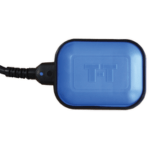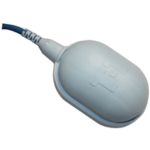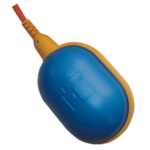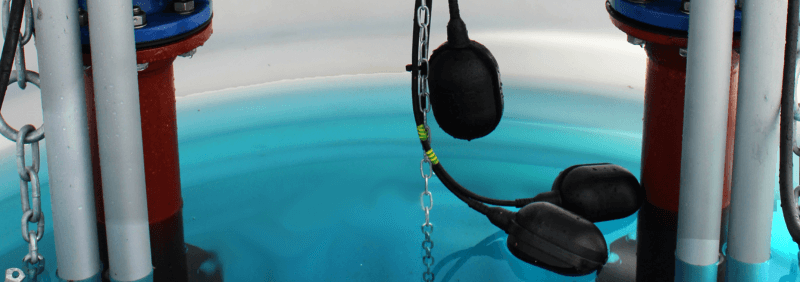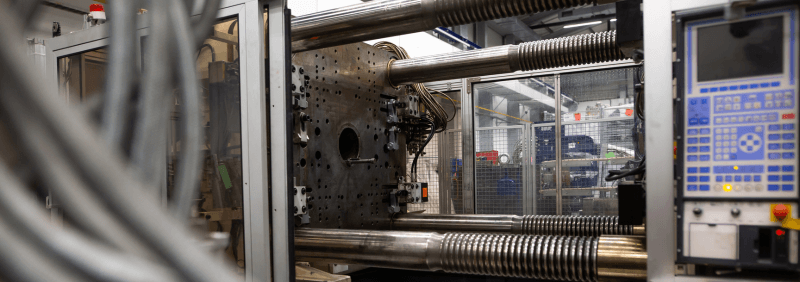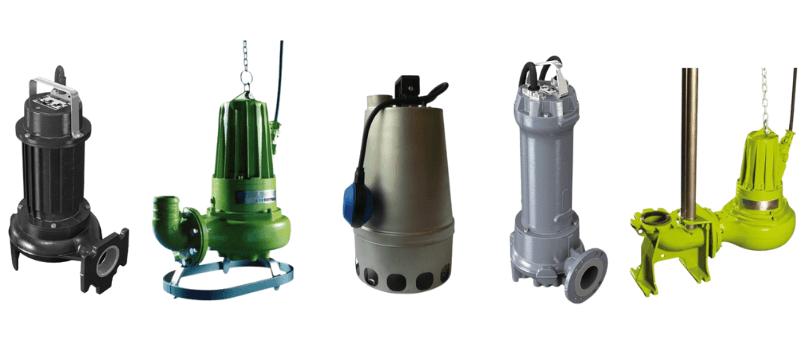How-to: Select a Level Control Unit
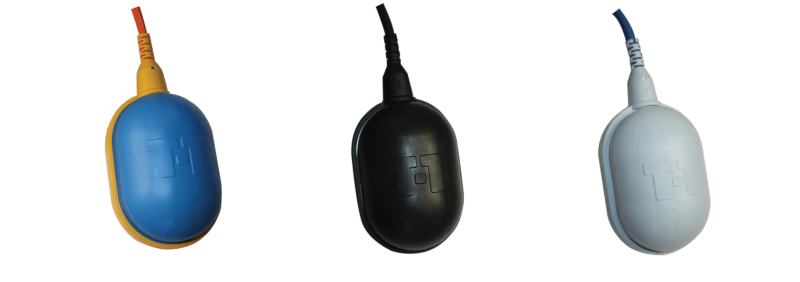
This guide will teach you the essential information needed for choosing the most optimal liquid level control solutions for different applications.
Level control is a vital component located within the well or chamber of a machine that stores and regulates fluids, powders, or other materials. It functions by constantly monitoring and responding to the liquid level in a container, such as a high-level float switch that triggers a pump when needed.
How to Choose a Level Control Unit
- For water – for measuring water levels, float switches and conductivity probes are suitable. For potable water applications, WRAS approved float switches are available that comply with strict drinking water safety standards. Both methods can be used to alert you of high and low chamber levels.
- For fuel – use a float switch with a body and wire constructed from materials that can withstand submersion in diesel or other fuels, such as our FLO106 with a polypropylene body and polyurethane cable.
- For viscous/corrosive liquids – non-contact level control is required due to high surface tension and levels of corrosion which can cause float switches to fail. Radar level sensors use electromagnetic waves and ultrasonic level sensors use sound waves to measure the distance between the sensor and the liquid.
- For powder – Tuning forks can be used to show high and low powder levels due to a change in vibrational frequency when the forks come into contact with the powder.
- For high accuracy – Ultrasound and radar level control provide the most precise level readings by measuring the distance between the medium and the unit, often required or food production and chemical processing. Float switches do not measure this distance and will only respond to high or low levels, ideal for switching pumps on and off as required.
- Budget – Ultrasound and radar are more expensive level control options due to the level of accuracy they provide, whereas float switches and conductivity probes are more economical because of their simple design.
For friendly and expert help in choosing the best float switch model for your application, contact our T-T Controls by calling +44 (0)1630 647200, emailing ttcontrols@ttpumps.com or completing our online enquiry form.

